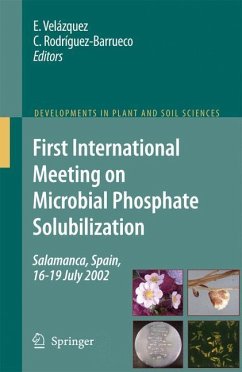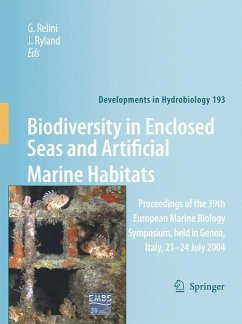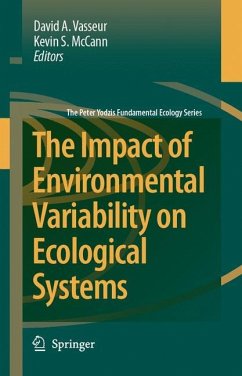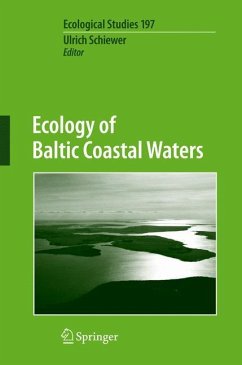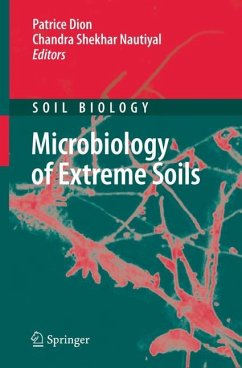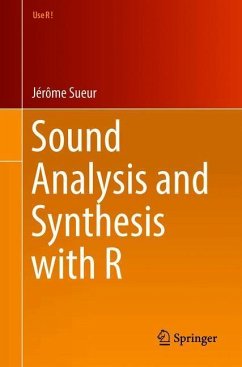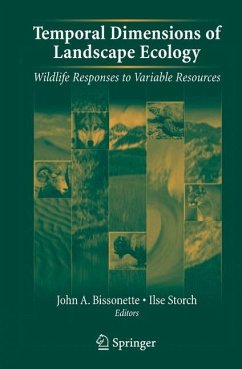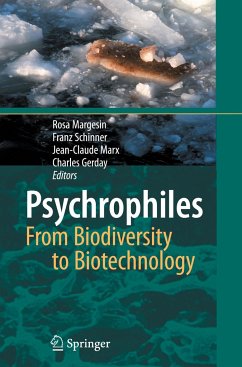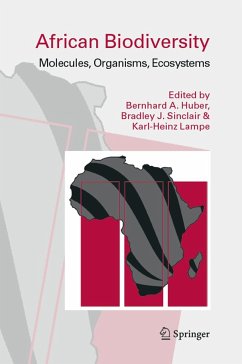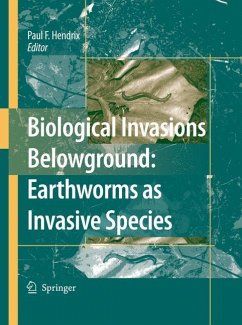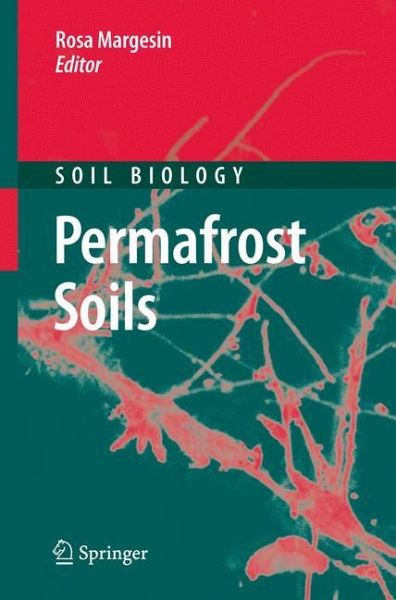
Permafrost Soils
Versandkostenfrei!
Versandfertig in 6-10 Tagen
112,99 €
inkl. MwSt.

PAYBACK Punkte
56 °P sammeln!
Vast areas of the soil ecosystem are permanently frozen or are unfrozen for only a few weeks in summer. Permafrost soils are of global interest since a significant increase in temperature is predicted for polar regions.
This volume summarizes recent knowledge on various aspects of permafrost and permafrost-affected soils, including typical properties of these soils, the distribution and biodiversity of permafrost microorganisms, examples for microbial activity in frozen soils and genomic and proteomic insights into cold adaptation of permafrost bacteria. The impact of global warming on microbial communities, carbon dynamics, geomorphology and frozen-ground engineering are further discussed. Other chapters describe the feasibility and limitations of methods for removing contaminants in frozen ground and consider terrestrial permafrost as a model for extraterrestrial habitats.
This volume summarizes recent knowledge on various aspects of permafrost and permafrost-affected soils, including typical properties of these soils, the distribution and biodiversity of permafrost microorganisms, examples for microbial activity in frozen soils and genomic and proteomic insights into cold adaptation of permafrost bacteria. The impact of global warming on microbial communities, carbon dynamics, geomorphology and frozen-ground engineering are further discussed. Other chapters describe the feasibility and limitations of methods for removing contaminants in frozen ground and consider terrestrial permafrost as a model for extraterrestrial habitats.
Most of the Earth's biosphere is characterized by low temperatures. Vast areas (20%) of the soil ecosystem are permanently frozen or are unfrozen for only a few weeks in summer. Permafrost regions occur at high latitudes and also at high ele- tions; a significant part of the global permafrost area is represented by mountains. Permafrost soils are of global interest, since a significant increase in temperature is predicted for polar regions. Global warming will have a great impact on these soils, especially in northern regions, since they contain large amounts of organic carbon and act as carbon sinks, and a temperature increase will result in a release of carbon into the atmosphere. Additionally, the intensified release of the clima- relevant tracer gas methane represents a potential environmental harzard. Significant numbers of viable microorganisms, including bacteria, archaea, p- totrophic cyanobacteria and green algae, fungi and protozoa, are present in per- frost, and the characteristics of these microorganisms reflect the unique and extreme conditions of the permafrost environment. Remarkably, these microorg- isms have been reported to be metabolically active at subzero temperatures, even down to ?20°C.





